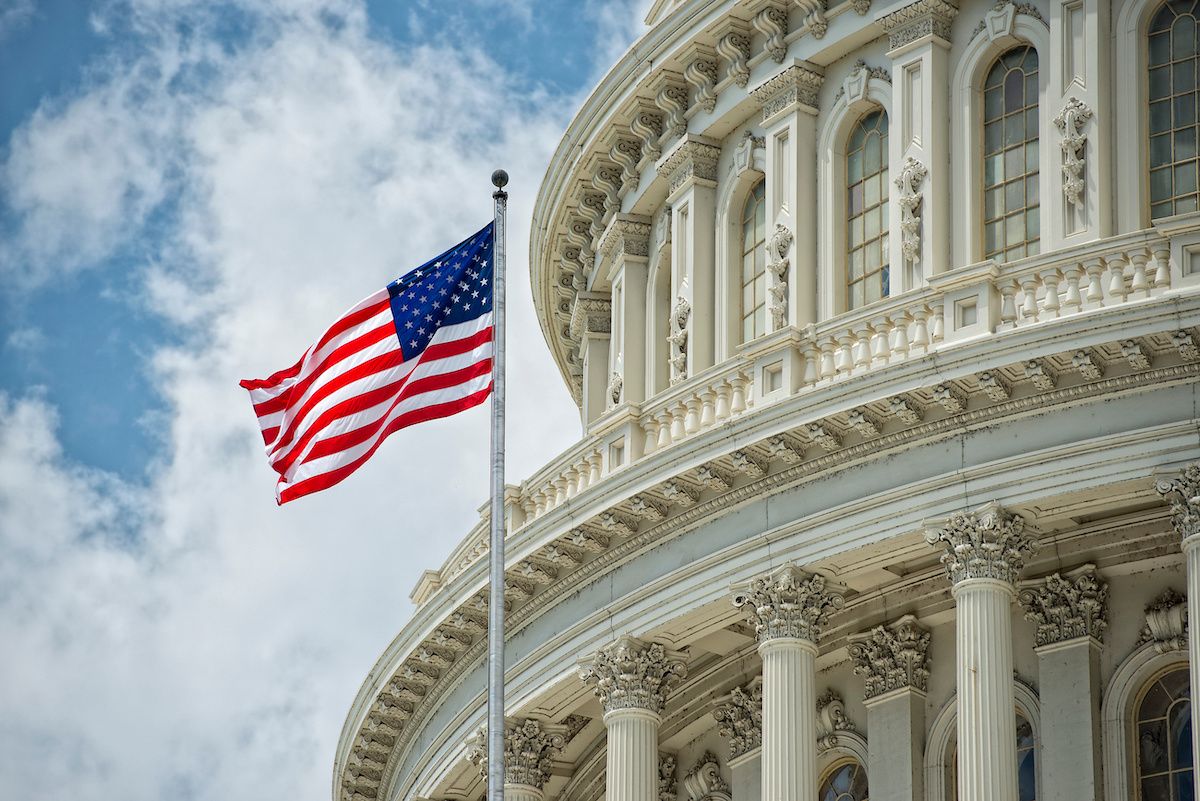Article
Bush vs Kerry: Where they stand on healthcare
Author(s):
They'd attack the major issues in strikingly different ways. We looked at what's likely to work—and what's apt to fall short.
The end's in sight on the long and winding road to Election Day.
In a few weeks, voters who've endured one of the most protracted campaign seasons in recent memory will finally get their say-and much is at stake.
According to last-minute polls, the economy continues uppermost in voters' minds, followed in close order by Iraq and the war on terrorism. Healthcare runs a distant fourth, but that's because of the immediacy of the other issues. Indeed, for doctors and others concerned about the current system, healthcare arouses as much passion as any issue.
How do the candidates address these and other healthcare issues? We took a closer look at their platforms and pronouncements to find out.
Expand the system-or dismantle it?Bush and Kerry address many of the same healthcare issues, although they do so based on "very different visions of health insurance coverage," says Paul B. Ginsburg, president of the Center for Studying Health System Change, a nonpartisan Washington-based think tank.
"Kerry's vision is to take the current finance system and-through subsidies and expansion of public coverage-get it to cover most of the uninsured while providing more security to people who already have health insurance," says Ginsburg. "Bush's vision, in contrast, is to replace the employer-based system with one in which individuals buy their own insurance and have greater financial responsibility for their care."
This contrast in philosophies results in strikingly different approaches to solving today's critical healthcare issues:
Affordability. Both campaigns have pitched their central healthcare message to the millions of voters who have insurance but still feel anxious. "These are mostly middle-income people who see their insurance premiums, deductibles, and copays going up, and their benefits being cut back," says public opinion analyst Robert Blendon, who teaches at the Harvard School of Public Health. "It's similar to what happens when the price of gasoline rises to $2.50 a gallon: People who drive a lot get pretty anxious."

Leveraging the current system, Kerry's plan focuses on two broad areas. First, he'd establish a reinsurance pool to make it easier for small businesses hit with unusually high healthcare costs to hold the lid on employee premiums. Spreading risk, the pool would reimburse qualified businesses for 75 percent of their catastrophic costs over $50,000, beginning in 2013 (in 2006, the threshold would be $30,000). To qualify, businesses would have to cover all workers, pay a portion of their premiums based on hours worked, return to workers whatever savings resulted because of the reinsurance pool, and introduce disease and care management programs into the workplace.





